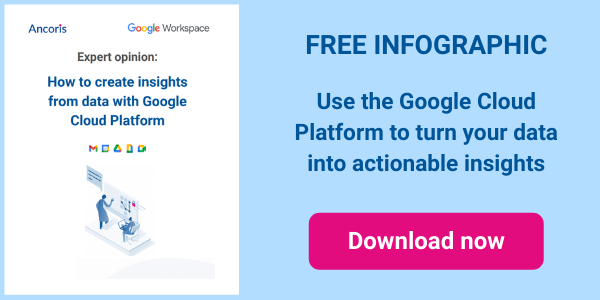Data-driven businesses are more successful than businesses that don't use data to inform their decisions. Research from MIT's Centre for Digital Business suggests they enjoy 4% higher productivity and 6% higher profits than average. Another survey from Experian Data Quality suggests data-driven businesses can increase overall sales by up to 30% and that lack of good quality data on which to base decisions is undermining customer service in 75% of companies.
Yet a study in the Harvard Business Review in 2017 found we're using less than 50% of the structured data we collect to make business decisions – and just 1% of the unstructured data.
Why is it such a struggle for businesses to become data-driven? Challenges include:
- dealing with data coming from an increasing number of sources – of variable quality
- working to ever shorter data lifecycles – there's less and less time to turn data into timely, actionable insights
- building scalable solutions that can cope with quickly growing volumes of data – which arrives in bursts and peaks
- putting intuitive tools into the hands of business users – to let them explore and visualise data by themselves.
We've previously written about how Google's Big Data analytics solutions, including Big Query, are already helping businesses take the next steps in data warehousing and business intelligence. Now, the most innovative businesses are turning to Artificial Intelligence or Machine Learning (ML) solutions from Google to get even more value out of their data.
A survey from Bain Consulting showed using ML to create insights from data allows twice as many decisions to be driven by data. Those decisions are made five times more quickly, letting companies start taking action three times sooner than in companies not using ML.
A key feature of Google's approach to ML is that you don't need to have large teams of specialist data scientists and coders to start applying ML to your data. In Google Sheets, for example, the Explore button will automatically show you trends and patterns in your data. Similarly, Smart bidding in Google AdWords uses pre-packaged ML to help your marketing team make informed bidding decisions about where they're most likely to get the best conversion rates or conversion values.
You can also gain insights from other kinds of data by using Google's range of pre-trained ML models as building blocks in your applications. Google's Vision and Video Intelligence APIs can automatically tag your image and video libraries and make them searchable. The Natural Language API can interpret the meaning in text so you can understand what people are saying about your company in online reviews and blogs. Dialogflow uses ML to power chatbots that can provide automated customer support.
Of course, Google also offers a complete toolkit for building custom models trained on your own data, with Cloud ML Engine, TensorFlow and Cloud TPUs. Google customers are using these solutions in areas like quality control on the production line or for fraud detection.
If you'd like to find out more about how you can use ML in your business, take a look at examples of how machine learning is being used to improve customer service, or in manufacturing and media, or come and talk to the ML experts in our GCP team.

